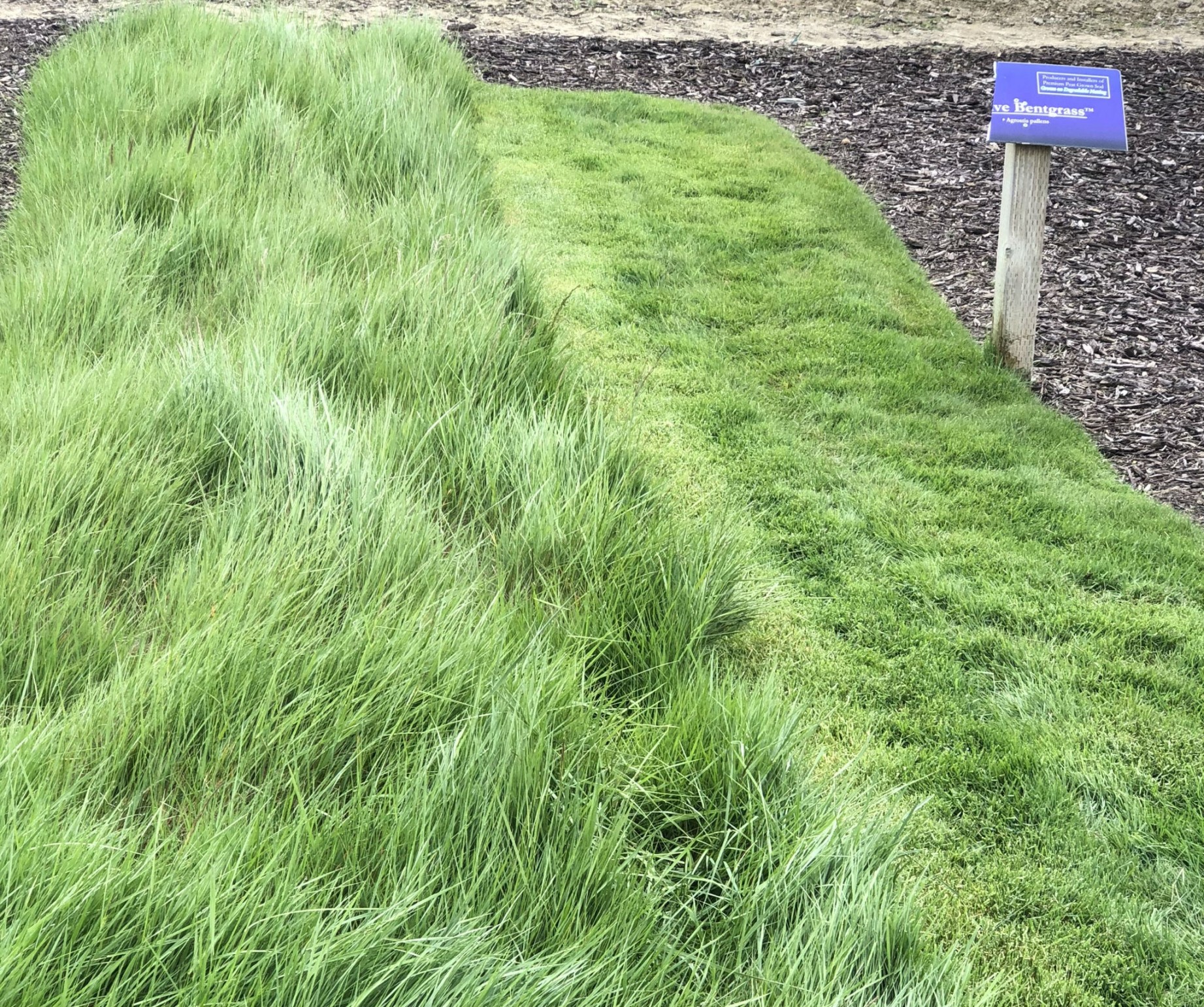Bentgrass: A Versatile Choice for Your Lawn
Bentgrass, a type of fine-leaved grass, is a popular choice for golf courses, bowling greens, and high-quality lawns due to its dense, low-growing nature and ability to withstand heavy foot traffic. This grass species offers several benefits for homeowners seeking a pristine lawn.
Fine Texture: Bentgrass has a fine, dense texture that creates a smooth, carpet-like appearance.
There are two primary types of bentgrass: creeping bentgrass and colonial bentgrass.
Creeping Bentgrass: This type spreads rapidly through stolons, forming a dense, uniform turf. It is commonly used on golf greens and other high-quality lawns.
Bentgrass can be planted through seeding or sodding. Seeding is a more cost-effective option, but it requires more time and patience. Sodding is a faster method that provides immediate results.
To maintain a healthy bentgrass lawn, follow these tips:
Mowing: Mow frequently, removing no more than one-third of the leaf blade at a time.
Bentgrass is a versatile and attractive grass species that can enhance the beauty of your lawn. By understanding its characteristics and following proper care practices, you can enjoy a lush, green lawn that will withstand the test of time.

